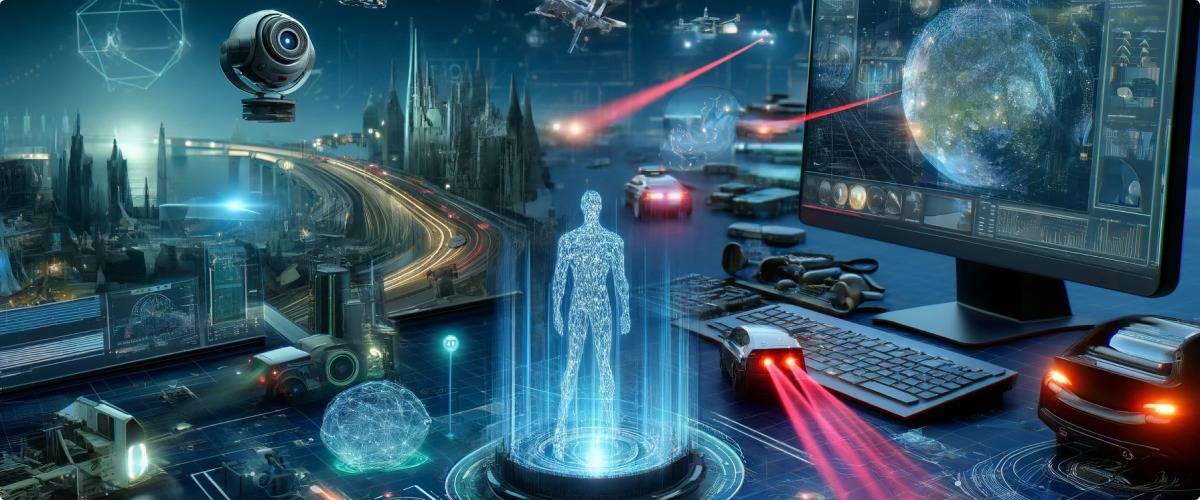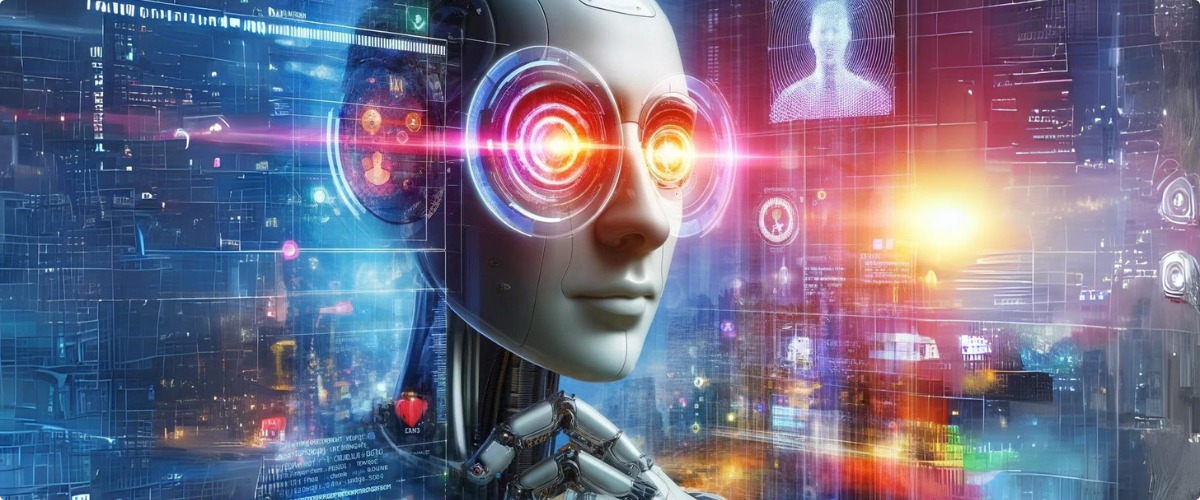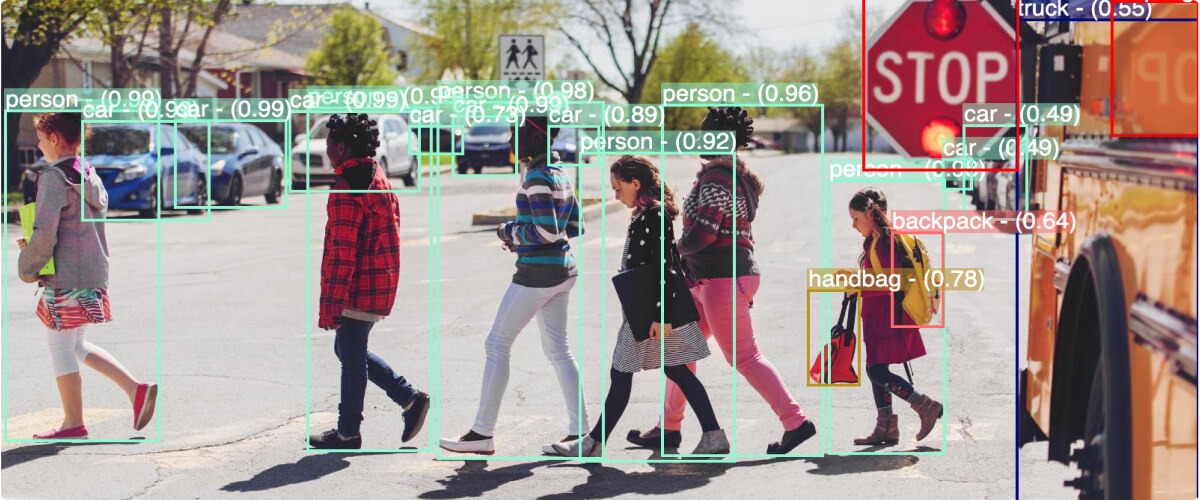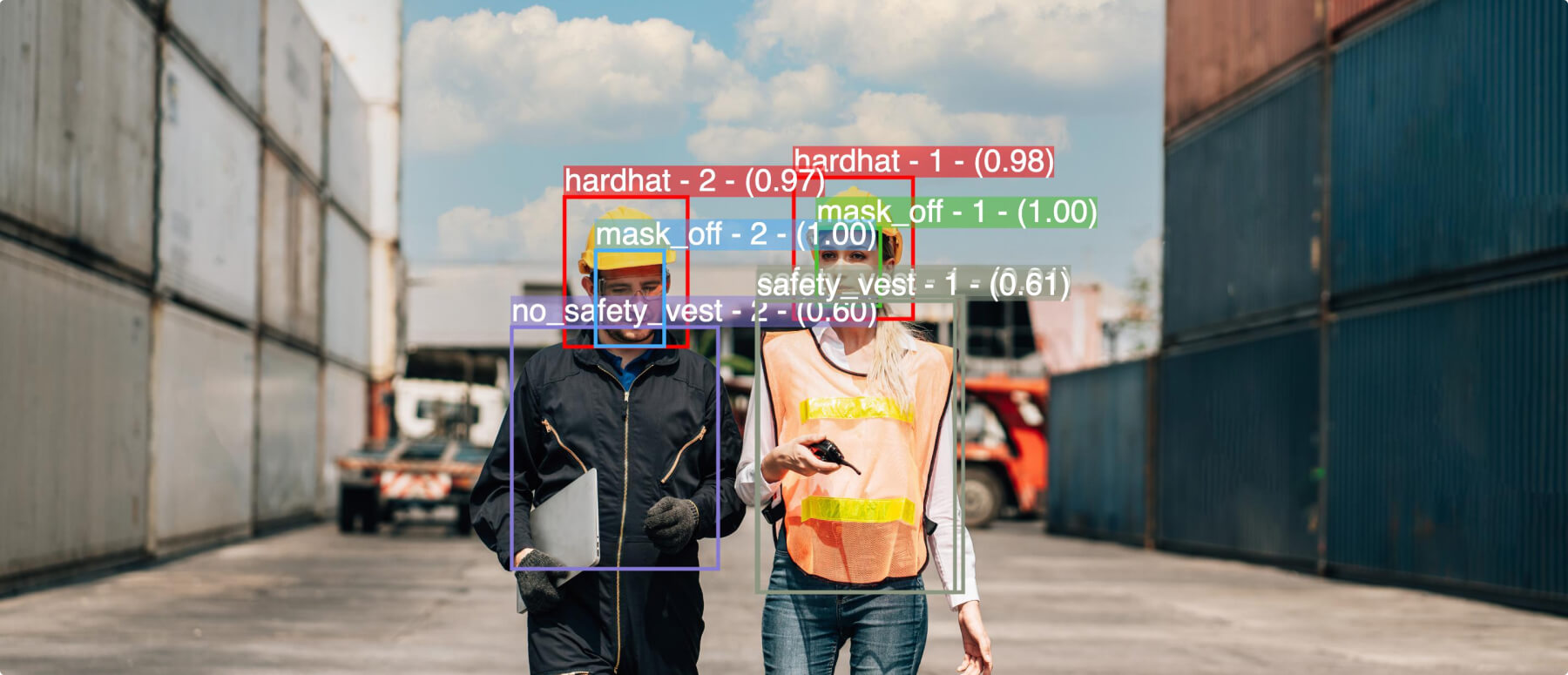Machine Learning (ML) and Deep Learning (DL) are subsets of artificial intelligence, playing pivotal roles in advanced technology like self-driving cars, voice assistants, and recommendation systems.
Machine learning is a data analysis method that enables systems to learn from data, identify patterns, and make decisions with minimal human intervention. It uses algorithms to “learn” information directly from data without a predetermined equation as a model.
Deep learning, a subfield of machine learning, uses artificial neural networks inspired by the human brain to carry out machine learning. These networks can transform inputs in increasingly abstract ways, enabling them to solve complex problems previously thought to be the exclusive domain of human cognition.
Generally, deep learning is machine learning, but not all machine learning is deep learning. Deep learning can tackle tasks that are too complex for traditional machine learning processes but requires more data and computational horsepower.
An introduction to machine learning
Machine learning, a foundational part of artificial intelligence (AI), is fundamentally a method of data analysis that empowers computers to uncover hidden insights without explicit programming. Its central principle is rooted in systems learning from data, identifying patterns, and making decisions with minimal human intervention.
Three types of machine learning:
1. Supervised Learning
In this type of learning, the model is given labeled training data along with the desired output. The goal is to learn a general rule that maps inputs to outputs. It’s akin to learning with a teacher who provides guidance. Common algorithms used in supervised learning include Linear Regression, Decision Trees, and Support Vector Machines. According to a survey conducted in 2020, about 89% of data scientists use supervised learning methods in their work.
2. Unsupervised Learning
In this scenario, the model is given unlabeled data and must discover the underlying structure and relationships within that data on its own. This is analogous to learning without a teacher. Common algorithms in unsupervised learning include K-means Clustering, Hierarchical Clustering, and Principal Component Analysis. While less commonly used than supervised learning, unsupervised learning is vital for anomaly detection and understanding complex datasets.
3. Reinforcement Learning
Here, the model learns to make decisions based on rewards and penalties. It’s akin to learning by trial and error taking suitable action to maximize reward in a particular situation. Reinforcement learning has been instrumental in teaching computers to perform tasks once thought to require human intuition, such as playing complex games like Go and Chess. AlphaGo, a computer program developed by Google DeepMind, used reinforcement learning to defeat the world champion in the board game Go in 2016, marking a significant milestone in AI research.
An introduction to deep learning
Deep learning, a subset of machine learning, employs artificial neural networks with several layers (“deep” structures) to model and understand complex patterns in datasets. These neural networks attempt to simulate the behavior of the human brain—albeit far from matching its ability—to learn from substantial amounts of data. While a neural network with a single layer can still make approximate predictions, additional hidden layers can help optimize the predictions.
The types of deep learning include:
Artificial Neural Networks (ANNs)
Inspired by the human brain, ANNs are the foundation of deep learning. They are designed to simulate the behavior of the human brain to solve complex pattern recognition tasks. ANN’s capabilities are highlighted by Google’s DeepMind using them to secure 32 wins out of 40 games against the world champion of the Ancient Game of Go.
Convolutional Neural Networks (CNNs)
CNNs are primarily used in pattern recognition within images and are mostly applied in image recognition tasks. They have been instrumental in the medical field, with deep learning techniques achieving 95% accuracy in detecting Parkinson’s disease through voice samples.
Recurrent Neural Networks (RNNs)
RNNs excel in learning from sequential data, making them especially effective for natural language processing and time-series analysis.
Key differences between machine learning and deep learning
Data dependencies
Machine learning algorithms can perform well in scenarios with massive and large datasets, while deep learning algorithms are better suited for massive datasets. This is because DL models learn complex patterns from the data, and the accuracy of these models generally improves with more data.
Computational requirements
Deep learning models require significantly more computational power than machine learning models due to their complexity and the large datasets they use. This is especially true for DL models with many layers, often requiring high-performance clusters and other substantial infrastructure. While ML models can run on a single instance or server cluster, DL models typically require powerful hardware accelerators, often GPUs.
Feature engineering
Data scientists often manually handle data extraction in machine learning, which can be time- and labor-intensive. In contrast, deep learning handles feature extraction automatically during the learning process, which can significantly reduce the workload of data scientists. However, this automatic feature extraction in DL is balanced by the requirement of network topology design, which can put a heavy load on the execution time and efficiency.
Interpretability
Machine learning models offer precise rules that can be used to explain the decisions behind specific choices, making them easier to interpret. In contrast, the decisions made by deep learning models can seem “arbitrary,” providing the user with little interpretive capability to rationalize choices. This lack of interpretability in DL models is often called the “black box” problem.
Training time
The training time for DL models is typically longer and more complex due to their intricate neural layers. In contrast, ML algorithms can often be trained in a much shorter time.
Problem-solving approach
In machine learning, large problems are often broken down into smaller chunks, each solved separately, and then all solutions are put back together. However, deep learning solves problems end-to-end, meaning it takes in raw input (like image pixels or text) and processes it through multiple layers of its neural network to output a result without any need for manual feature extraction or rule-based programming.
Hardware dependencies
Both machine learning and deep learning require significant computational resources, but the extent and nature of these requirements differ. ML can often run efficiently on modest hardware, while DL generally demands more powerful hardware due to its need for processing large neural networks. For instance, graphics processing units (GPUs) are often employed for DL because they can perform many operations simultaneously – an ideal feature for training large neural networks.
Algorithm types
ML includes a variety of algorithm types, including linear regression, logistic regression, decision trees, support vector machines, naive Bayes, k-nearest neighbors, k-means, random forest, and dimensionality reduction algorithms. On the other hand, DL is more focused and includes algorithms such as convolutional neural networks, recurrent neural networks, long short-term memory networks, generative adversarial networks, and deep belief networks.
Applications of machine learning and deep learning
Machine learning in action
Traditional ML algorithms, like decision trees, are rule-based and are excellent for problems where the reasoning process is well-understood and can be defined in terms of rules or conditions. Machine learning techniques are effective with smaller datasets, especially if the dataset is well-curated, like structured data, where features have clear definitions and relationships.
Machine learning has wide-ranging applications in various fields:
Predicting house prices
With Linear Regression, we can estimate the price of a house based on simple features such as the number of bedrooms, location, and size of the house. This is commonly used in the real estate industry.
Diagnosing patient illnesses
Decision Trees and Random Forests can help doctors diagnose diseases by looking at past patient records. This tool can learn from these past cases to make accurate predictions.
Recognizing faces
Support Vector Machines (SVMs) help in recognizing faces in images. This can be used in various systems, such as security, to identify or verify a person from a digital image or a video frame.
Suggesting products or movies
K-Nearest Neighbors (KNN) is used in services like Amazon or Netflix to suggest items you might like. This is done based on your past behavior and the behavior of other users like you.
Filtering spam and understanding customer opinions
Naive Bayes is used to sort your emails, identifying which ones are likely to be spam. It’s also used to understand whether customer reviews are positive, negative, or neutral.
Deep learning in action
Deep learning, a subset of machine learning, is particularly adept at managing problems where the reasoning process is intricate and not readily expressible in explicit rules. Unstructured data, such as images, audio, and text, often contain relationships and complex patterns that are challenging to capture using traditional, rule-based methods. It’s in these domains where deep learning truly shines.
Deep learning relies heavily on artificial neural networks, particularly those with numerous layers, hence the term “deep.” These multilayered networks mimic the human brain’s function, allowing the model to learn intricate patterns and perform abstract reasoning. Because of this, deep learning can outperform traditional machine learning in tasks involving high-dimensional, unstructured data.
Let’s consider some common applications of deep learning to illustrate its capabilities:
Computer vision
Deep learning algorithms are proficient at identifying, classifying, and labeling objects in images and videos. They form the backbone of numerous applications, including facial recognition software, object detection in surveillance systems, and even disease diagnosis in medical imaging.
Language translation
Deep learning has revolutionized the field of natural language processing, including language translation. For example, Google’s neural machine translation system uses deep learning to translate between languages with remarkable accuracy, often matching or surpassing human translators.
Sentiment analysis
Deep learning is extensively used in sentiment analysis, which involves understanding human emotions from text. This application is particularly beneficial in marketing and customer service, where understanding customer sentiment can inform strategy and improve service delivery.
Autonomous driving
Autonomous vehicles utilize deep learning to perceive their environment and make driving decisions. They use it to recognize objects, predict their movements, and determine optimal paths.
Virtual assistants
Deep learning is crucial in virtual assistants like Amazon’s Alexa, Google’s Assistant, and Apple’s Siri. These systems use it to understand spoken language, recognize the user’s voice, and generate natural-sounding responses.
Playing favorites—Deep learning vs. machine learning
Machine learning and deep learning are two significant subsets of artificial intelligence with unique strengths.
Machine learning excels in structured data environments with clear rules, making it ideal for applications ranging from real estate to healthcare.
On the other hand, deep learning is particularly adept with unstructured data like images, audio, and text, making strides in computer vision, language processing, and autonomous driving. Choosing between them is not superiority but problem applicability, data nature, and resource availability. Both continue to drive advancements across numerous fields, revolutionizing the era of artificial intelligence applications.











